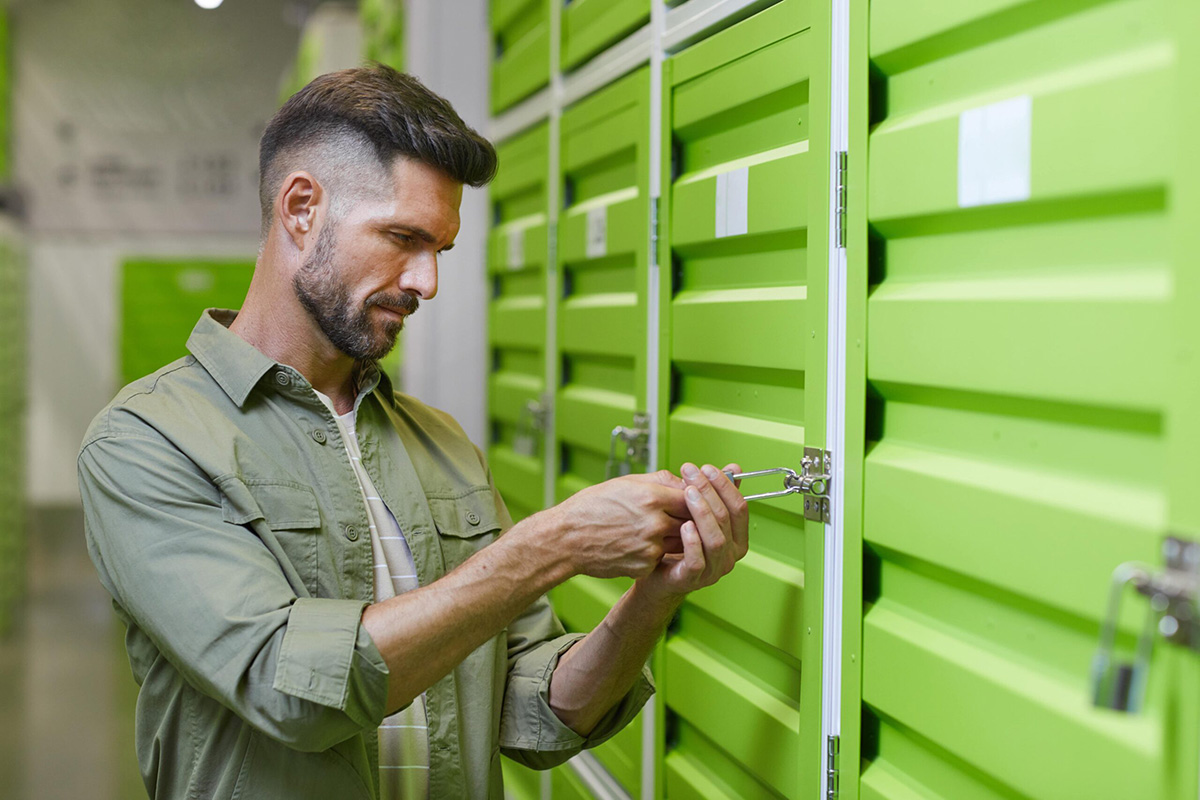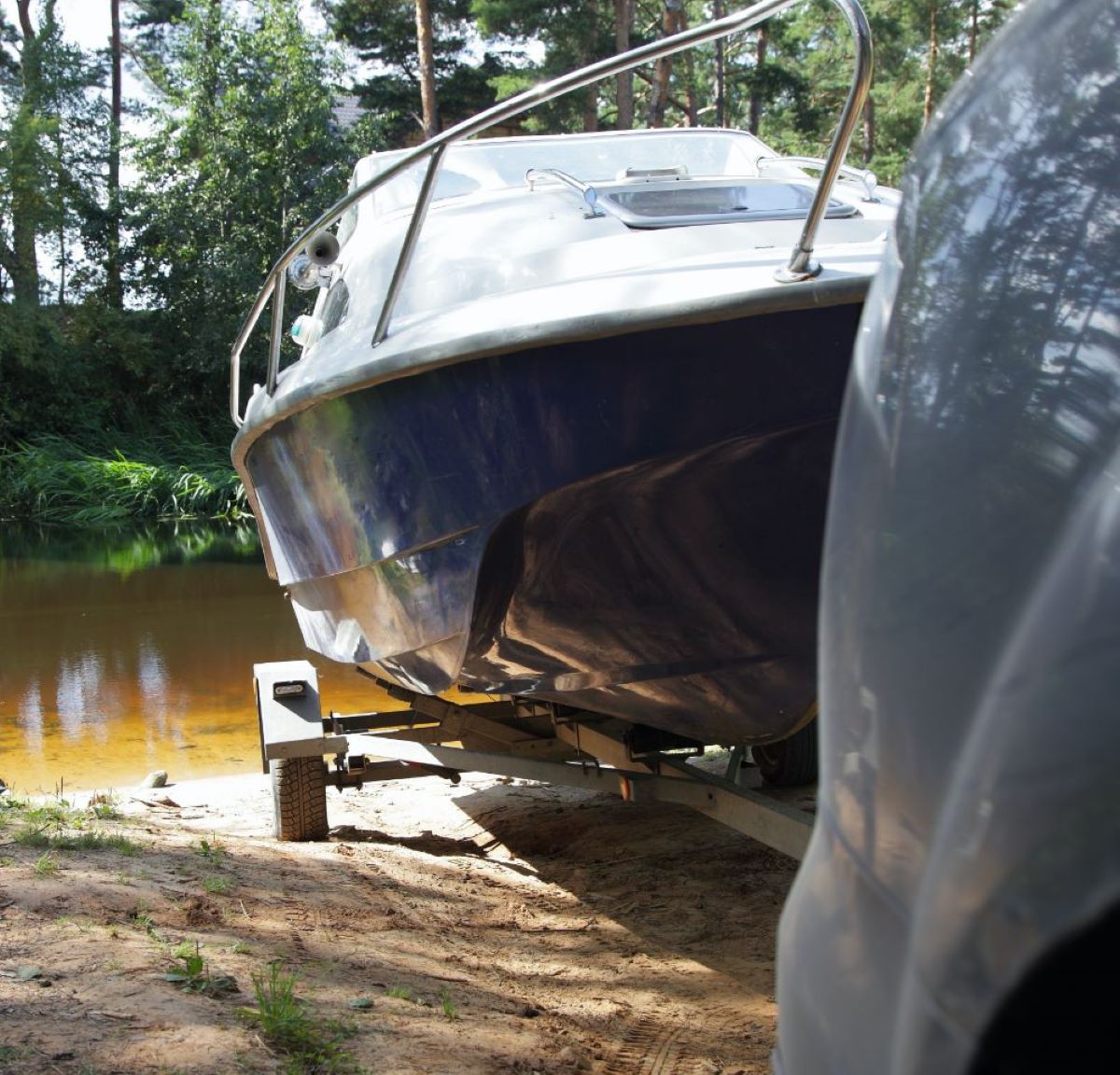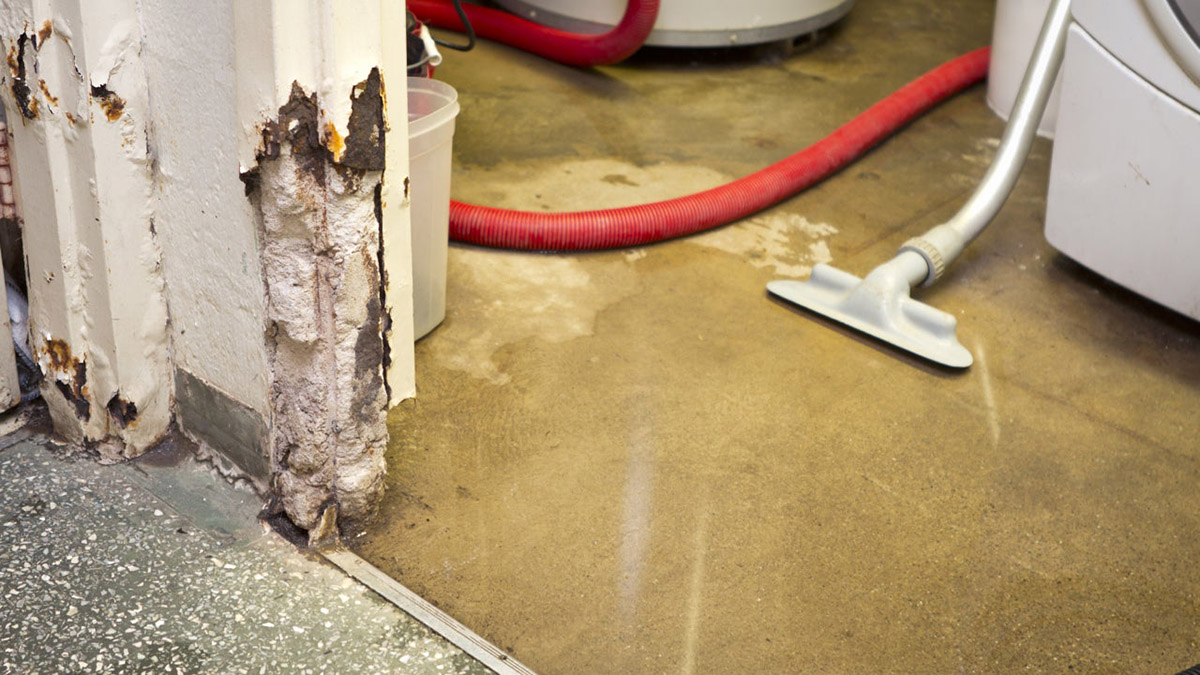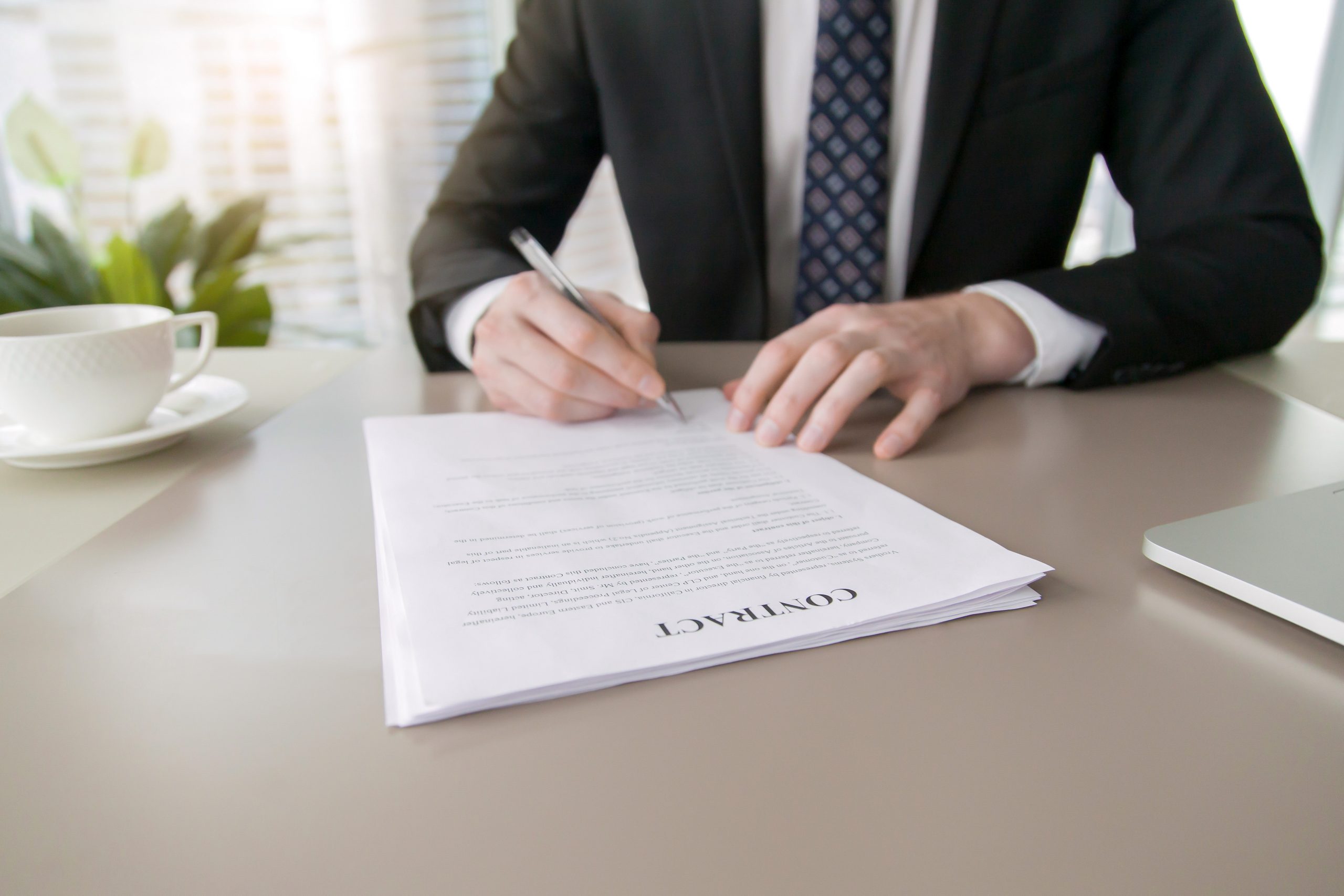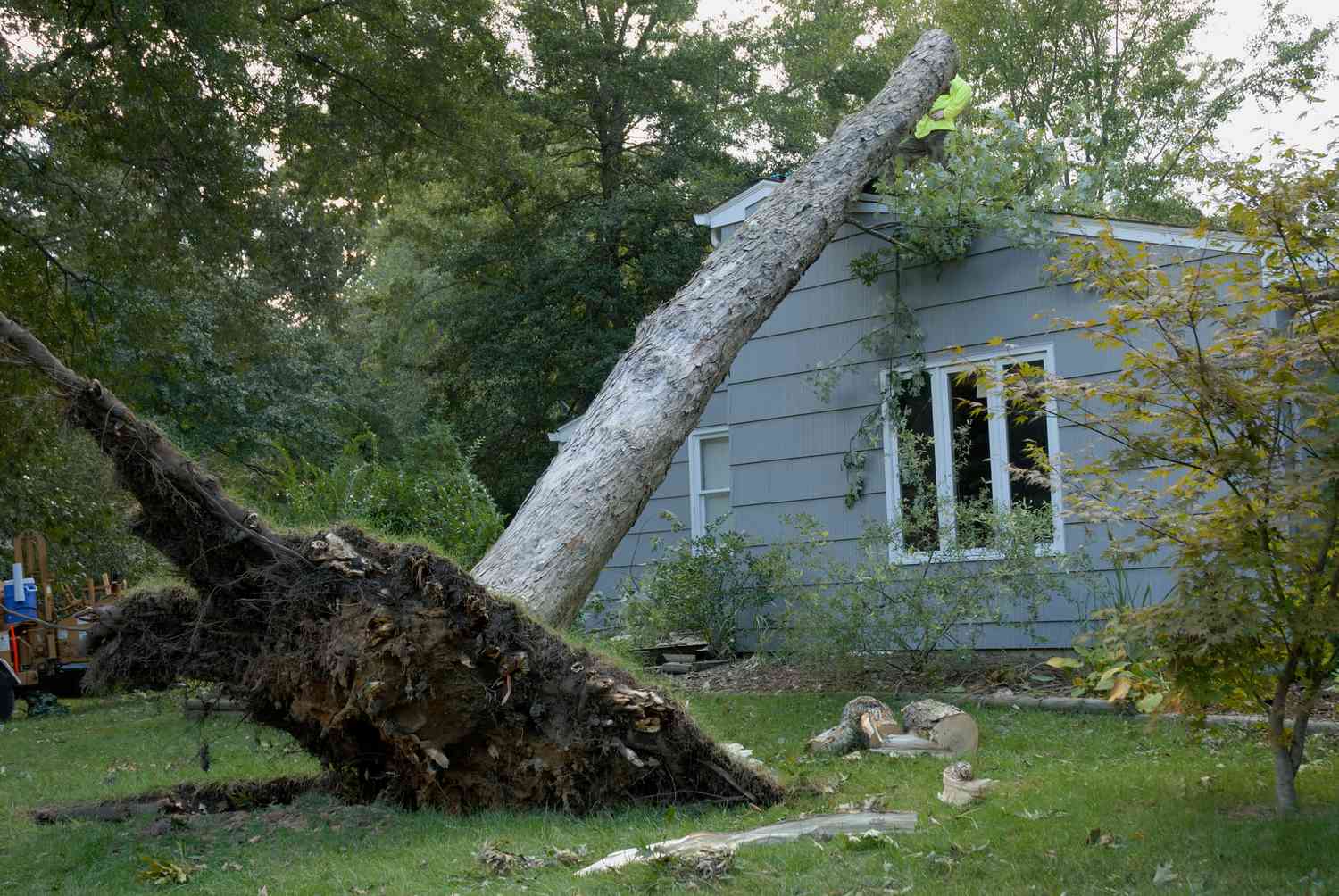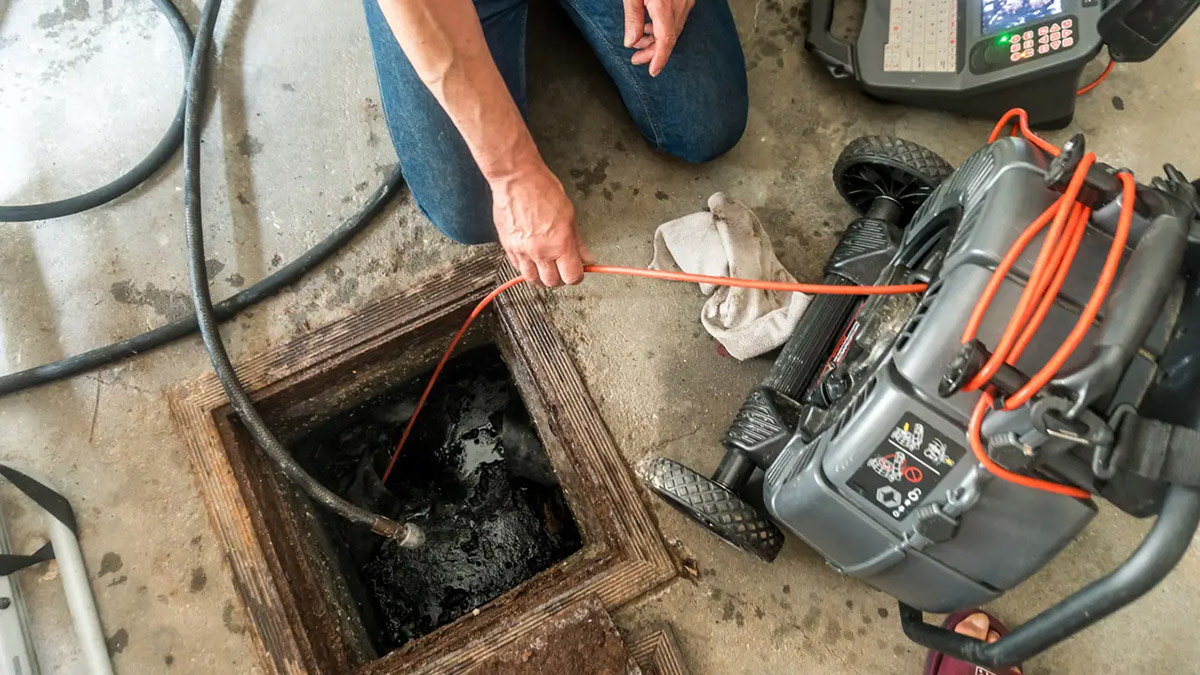

Finance
What Does Sewer Line Insurance Cover?
Published: November 18, 2023
Sewer line insurance provides financial coverage for unexpected repairs or damage to your sewer line, offering peace of mind and financial protection for homeowners.
(Many of the links in this article redirect to a specific reviewed product. Your purchase of these products through affiliate links helps to generate commission for LiveWell, at no extra cost. Learn more)
Table of Contents
Introduction
When it comes to protecting your home and its infrastructure, having the right insurance coverage is crucial. While most homeowners are familiar with policies that cover damage to their property caused by fire, weather, or theft, many may overlook the importance of having sewer line insurance.
Your home’s sewer line may not be something you think about on a daily basis, but it plays a critical role in keeping your household running smoothly. It is responsible for carrying all the wastewater from your sinks, toilets, and showers away from your home and into the municipal sewer system. However, sewer lines are susceptible to various issues that can result in damage and costly repairs.
Understanding what sewer line insurance covers and why it is essential is crucial to safeguarding your home and finances. This article will delve into the specifics of sewer line insurance, including its coverage, repairs and replacements, additional services covered, limitations and exclusions, and how to choose the right insurance plan.
So, whether you live in an older home with an aging sewer line or a newer property, it is vital to explore your options for sewer line insurance and ensure you have the necessary coverage to protect against unforeseen damages.
Understanding Sewer Line Insurance
Sewer line insurance, also known as sewer backup coverage or sewer line endorsement, is a type of insurance that provides financial protection in the event of damage or issues related to your home’s sewer line. It is usually an add-on to your existing homeowner’s insurance policy.
Sewer line insurance is specifically designed to cover damages caused by sewer line backups, clogs, leaks, or collapses. These issues can occur due to a variety of factors, including tree root intrusion, aging pipes, soil settlement, or from debris and grease buildup in the sewer system. When these problems arise, they can lead to significant damage to your property, including flooded basements, sewage backups, and structural issues.
Without sewer line insurance, homeowners are left responsible for the potentially hefty costs associated with repairing or replacing damaged sewer lines. This can amount to thousands of dollars in expenses, not to mention the inconvenience and disruption to your daily life while repairs are being made.
Sewer line insurance provides coverage for both the repair and cleanup costs associated with sewer line damages. It typically includes costs such as excavation, pipe repair or replacement, and even the restoration of any damaged areas of your property, such as flooring or walls. Additionally, some policies may also cover the costs of hiring professional plumbers or sewage cleanup specialists to mitigate the damage.
It is important to note that sewer line insurance does not cover normal wear and tear of the sewer system or damages resulting from negligence or lack of maintenance. It is crucial to properly maintain your sewer lines by avoiding flushing items that can cause clogs or damage, such as paper towels, feminine hygiene products, or grease.
By understanding the purpose and coverage of sewer line insurance, homeowners can make informed decisions about their insurance needs and ensure they have the necessary financial protection in case of sewer line damages.
Coverage for Sewer Line Damages
When it comes to sewer line insurance, it is essential to understand what damages are covered by your policy. The coverage can vary depending on your insurance provider and the specific plan you choose, but there are common types of damages that are typically covered.
One of the most common types of damage covered by sewer line insurance is sewage backup. This occurs when the sewer line becomes blocked or overwhelmed, causing sewage to flow back into your home through drains, toilets, or other plumbing fixtures. Sewage backup can cause significant damage to your property, including contaminated water, foul odors, and potential health hazards. Sewer line insurance will typically cover the costs associated with cleaning up the affected areas, repairing any damaged pipes, and restoring your property to its pre-loss condition.
Another type of damage covered by sewer line insurance is sewer line collapse. Over time, sewer lines can deteriorate due to age, ground shifting, or other factors, leading to structural issues or complete collapse of the pipes. When this happens, it can result in sewage backups, flooding, and damage to your property. Sewer line insurance will typically cover the costs of excavating the damaged area, repairing or replacing the collapsed pipes, and restoring any affected parts of your home.
In addition to sewage backup and sewer line collapse, some sewer line insurance policies may also cover damages caused by sewer line leaks and tree root intrusion. Sewer line leaks can occur due to cracks or holes in the pipes, leading to water seepage and potential damage to your property. Tree root intrusion happens when roots grow into the sewer lines, causing blockages and potential pipe damage. Insurance coverage for these types of damages can help cover the costs of pipe repair or replacement, as well as any necessary cleanup and restoration.
It is important to review your policy thoroughly to understand the specific coverage and any limitations or exclusions that may apply. Familiarize yourself with the deductible amount, coverage limits, and any additional services or benefits that may be included in your sewer line insurance plan.
By having a clear understanding of the coverage provided by sewer line insurance, homeowners can better protect themselves financially from the potential damages and expenses associated with sewer line issues.
Repairs and Replacements
When it comes to sewer line issues, repairs and replacements can be costly and disruptive. However, with the right sewer line insurance coverage, homeowners can have peace of mind knowing that these expenses can be mitigated.
If your sewer line becomes damaged or compromised, sewer line insurance can cover the costs of the necessary repairs. This includes excavating the area to access the damaged pipe, repairing or replacing the affected section, and ensuring that the sewer line is functioning properly. Depending on the extent of the damage, repairs can range from simple patching to full pipe replacement.
In some cases, a sewer line may be beyond repair and requires complete replacement. This typically happens when the pipes are extensively damaged, collapsed, or have reached the end of their lifespan. Sewer line insurance can provide coverage for the costs associated with replacing the sewer line, including excavation, pipe materials, and labor.
When it comes to repairs or replacements, it is essential to work with a qualified and licensed plumber or contractor. Before starting any work, make sure to contact your insurance provider and follow their guidelines for filing a claim and coordinating the necessary repairs. Most insurance policies require homeowners to notify them promptly and obtain prior approval for any repairs or replacements.
It is also worth noting that some sewer line insurance policies may provide coverage for additional expenses related to repairs and replacements. For example, if the damaged sewer line caused damage to your property, such as flooring, walls, or personal belongings, your insurance policy may cover the costs of restoring or replacing those items.
Remember, proper maintenance of your sewer line is essential to prevent damages and minimize the risk of needing repairs or replacements. Regular inspections, timely repairs of any minor issues, and avoiding flushing inappropriate items down the drain can go a long way in preserving the integrity of your sewer line.
By having sewer line insurance coverage, homeowners can be prepared for unexpected sewer line damages and ensure that the necessary repairs and replacements are taken care of without draining their finances.
Additional Services Covered
In addition to covering the costs associated with repairs and replacements, sewer line insurance may also include coverage for additional services that can contribute to the overall protection of your home.
One common additional service covered by sewer line insurance is professional clean-up and remediation. In the event of a sewer line backup or leak, cleaning up the affected areas can be a daunting and potentially hazardous task. Sewer line insurance can provide coverage for hiring professional cleanup services to ensure that the affected areas are thoroughly cleaned, disinfected, and restored to a safe condition.
Some sewer line insurance policies may also cover the cost of temporary housing or relocation expenses. In the event that your home becomes uninhabitable due to sewer line damages, your insurance policy may provide coverage for expenses related to temporary accommodation, such as hotel stays or rental properties, until your home is restored.
Additionally, sewer line insurance may include coverage for damage to personal property. If your belongings are damaged as a result of a sewer line issue, such as furniture, electronics, or other valuable items, your policy may provide coverage for their repair or replacement.
It is important to review your insurance policy to understand the specific additional services covered and any conditions or limitations that may apply. Some policies may have a maximum coverage limit for these additional services, so it is crucial to be aware of the extent of coverage provided.
By including additional services in your sewer line insurance coverage, you can ensure that you are not only financially protected from the costs of repairs and replacements but also have access to the necessary resources to effectively clean up, restore, and recover from sewer line damages.
Limitations and Exclusions
While sewer line insurance provides valuable coverage for damages and repairs, it is important to be aware of the limitations and exclusions that may apply to your policy. Understanding these limitations can help you make informed decisions and avoid surprises when it comes to filing a claim.
One common limitation of sewer line insurance is the existence of a waiting period. Insurance policies typically have a waiting period before coverage kicks in, meaning that damages that occur within that initial period may not be covered. This waiting period can range from a few days to several weeks, so it is important to be familiar with the specific details outlined in your policy.
Another limitation to consider is the coverage limit. Sewer line insurance policies often have a maximum coverage limit for damages and repairs. If the cost of repairs exceeds the coverage limit, you may be responsible for covering the additional expenses out of pocket. It is important to review your policy and ensure that the coverage limit is sufficient to protect your home and finances.
It is also crucial to understand the exclusions of your sewer line insurance policy. Common exclusions include damages caused by acts of nature such as floods or earthquakes, intentional acts of destruction, or negligence on the part of the homeowner. Damage resulting from poor maintenance or lack of care of the sewer line may also be excluded. It is important to carefully review the exclusions listed in your policy and understand what types of damages may not be covered.
Additionally, some sewer line insurance policies may have limitations on the age or condition of the sewer line that they cover. For example, if your sewer line is deemed to be in poor condition or already in need of repair at the time you purchase the policy, your coverage may be limited or denied. It is crucial to disclose accurate information about the condition of your sewer line when applying for coverage to ensure that you are adequately protected.
By understanding the limitations and exclusions of your sewer line insurance policy, you can make informed decisions and avoid any unpleasant surprises when it comes to filing a claim. It is important to review your policy carefully and reach out to your insurance provider with any questions or concerns you may have.
Choosing the Right Sewer Line Insurance Plan
Choosing the right sewer line insurance plan requires careful consideration and evaluation of your specific needs and circumstances. Here are some key factors to consider when selecting a sewer line insurance policy:
1. Coverage Options: Review the coverage options offered by different insurance providers. Consider the types of damages and services that are important to you, such as sewage backup, pipe collapse, professional cleanup, or damage to personal belongings. Select a plan that provides comprehensive coverage for your specific needs.
2. Coverage Limits: Evaluate the coverage limits of each policy to ensure they are sufficient to cover potential damages. Consider the potential repair or replacement costs of your sewer line and the associated property damages. It is advisable to select a policy with higher coverage limits to adequately protect your home and finances.
3. Waiting Period: Take note of the waiting period specified by each insurance provider. If your sewer line is prone to issues or if you want immediate coverage, opt for a policy with a shorter waiting period or no waiting period at all.
4. Exclusions and Limitations: Carefully review the exclusions and limitations of each policy. Understand what damages may be excluded or limited in coverage, and consider whether these exclusions align with your specific circumstances. Look for a policy with minimal exclusions and clearly defined limitations.
5. Reputation and Customer Service: Research the reputation and customer service track record of the insurance providers you are considering. Look for companies with a strong financial standing, positive customer reviews, and responsive customer support. A reliable and helpful provider can make a significant difference in your overall insurance experience.
6. Cost: Compare the premiums associated with different sewer line insurance policies. While cost is an important factor to consider, it should not be the sole determinant of your decision. Balancing the coverage and benefits provided with the cost of the policy will help you make an informed decision.
7. Additional Benefits: Consider any additional benefits or services offered by the insurance providers. Some policies may include added perks, such as discounts on plumbing services or access to emergency helplines. These additional benefits can enhance the value and convenience of your sewer line insurance coverage.
When choosing the right sewer line insurance plan, it is also helpful to consult with insurance professionals or seek recommendations from trusted sources. They can provide guidance and insights based on their expertise and experience in the industry.
By considering these factors and thoroughly researching your options, you can select a sewer line insurance plan that provides the necessary coverage and peace of mind to protect your home and finances in the event of sewer line damages.
Conclusion
Protecting your home and finances from sewer line damages is a crucial aspect of homeownership. Sewer line insurance provides a valuable safety net, covering the costs associated with repairs, replacements, and other services related to sewer line issues.
In this article, we have explored the importance of sewer line insurance and its coverage for damages such as sewage backups, sewer line collapses, leaks, and tree root intrusion. We have also highlighted additional services that may be covered, such as professional cleanup and damage to personal property.
It is important to understand the limitations and exclusions of sewer line insurance policies, such as waiting periods, coverage limits, and the specific situations that may not be covered. By being aware of these limitations, homeowners can have realistic expectations and make informed decisions when selecting a policy.
When choosing the right sewer line insurance plan, factors such as coverage options, waiting periods, coverage limits, and the reputation of insurance providers should be carefully considered. By conducting thorough research and evaluating multiple options, homeowners can find a policy that best suits their needs and provides adequate protection.
Sewer line issues can cause significant financial strain and disrupt your daily life. Having the right insurance coverage can provide peace of mind, knowing that you are financially protected against unexpected damages. By securing sewer line insurance, homeowners can ensure that their homes and finances are safeguarded, allowing them to focus on enjoying the comforts of their property without worrying about potential sewer line issues.
Remember, it is crucial to review your policy regularly, stay on top of maintenance, and promptly report and document any damages to your sewer line. By taking proactive measures and keeping your insurance coverage up to date, you can minimize the risk of extensive damages and ensure a smooth claims process if the need arises.
Investing in sewer line insurance is a wise decision that can save you from the financial burden and stress of unexpected sewer line damages. Take the time to assess your insurance needs, explore your options, and select a policy that provides comprehensive coverage for your home’s sewer line. Your home and peace of mind are worth it.


